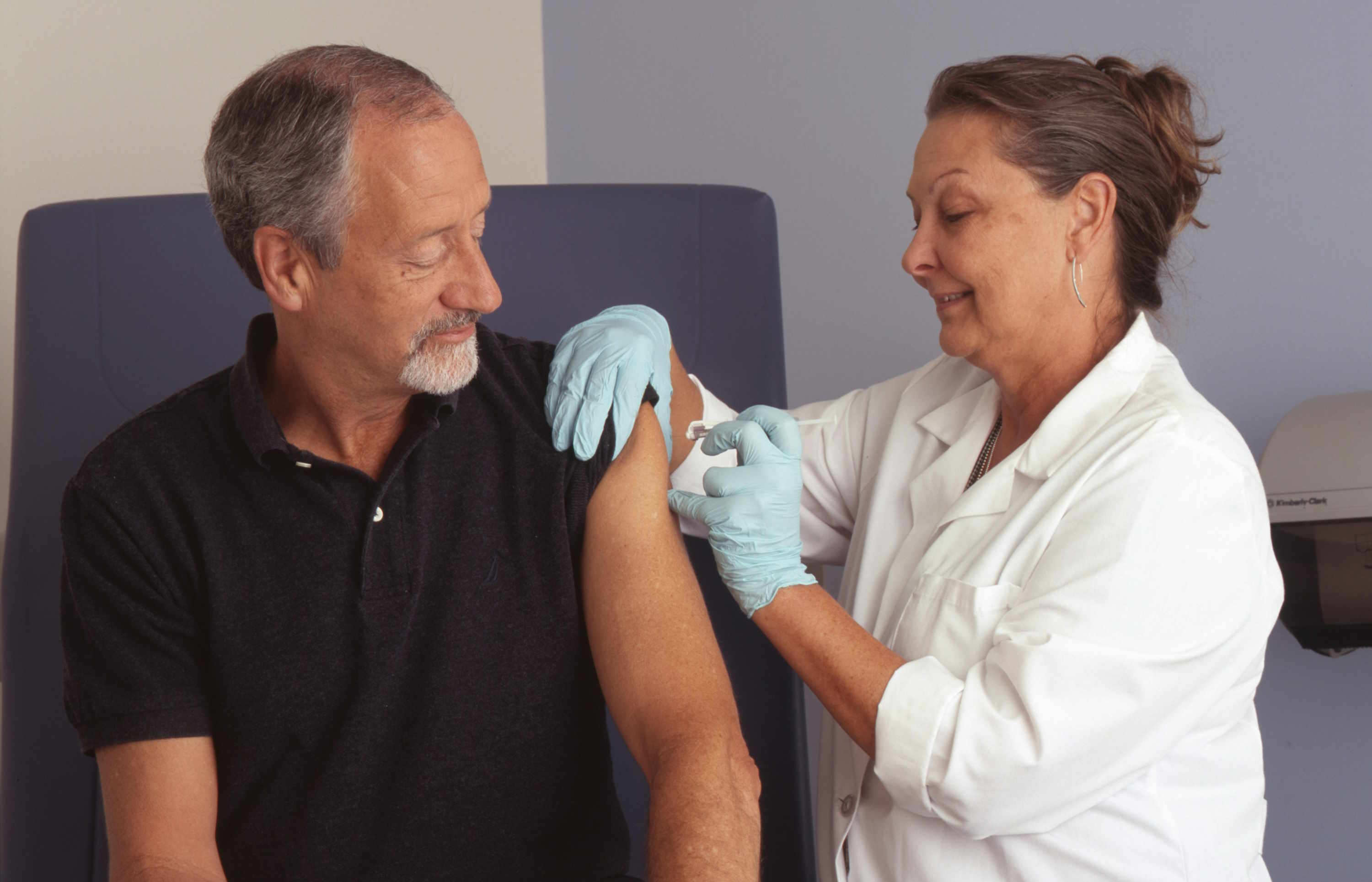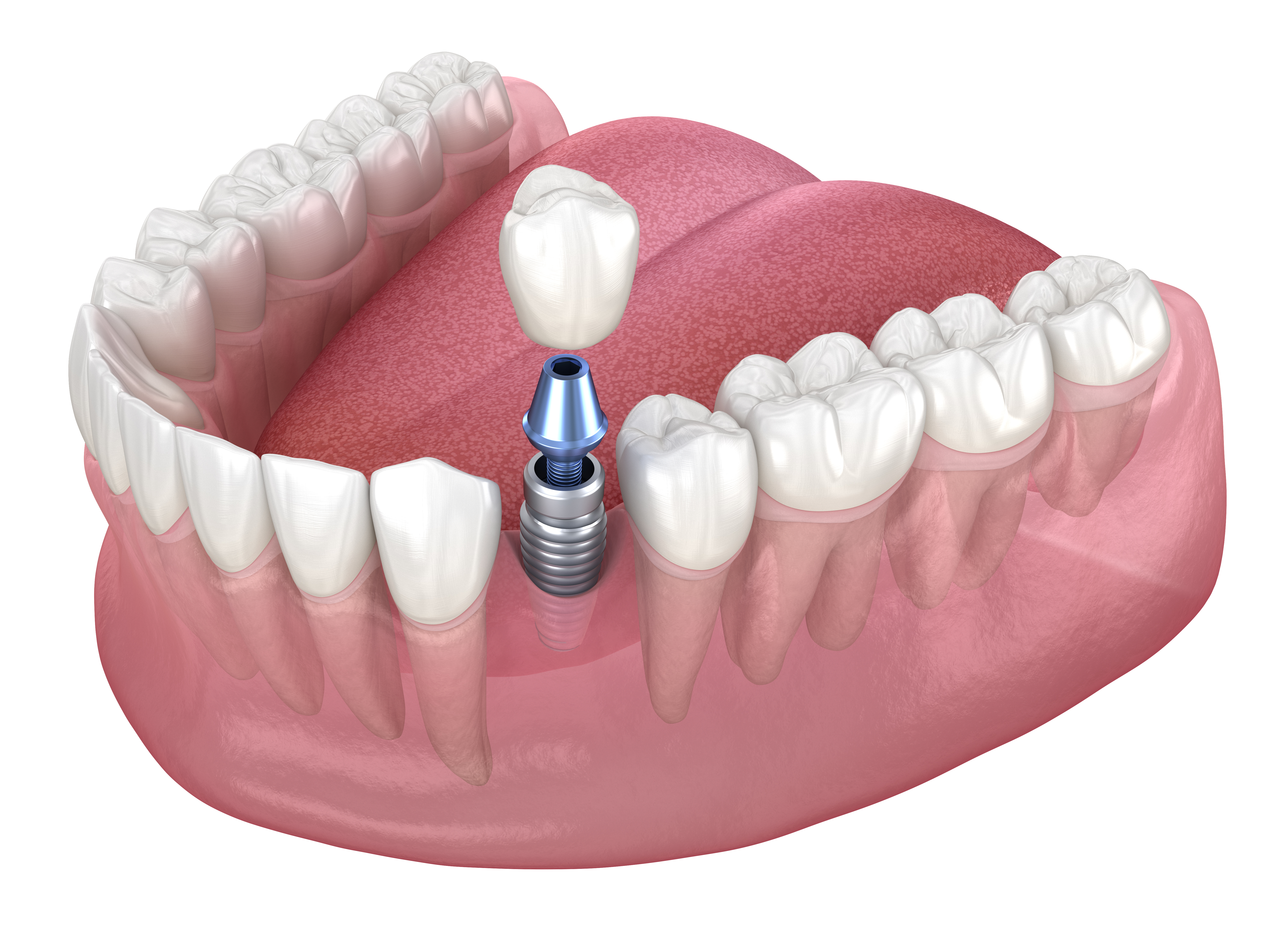Understanding COPD Progression: Stages, Signs, and Treatment Options
Chronic Obstructive Pulmonary Disease (COPD) is a progressive respiratory condition that affects millions of Americans. Understanding the stages of COPD and recognizing worsening symptoms is crucial for effective management and treatment planning. This comprehensive guide explores how COPD progresses and what treatment options are available at different stages.

How Do You Know What Stage of COPD You Have?
COPD is classified into four main stages based on the Global Initiative for Chronic Obstructive Lung Disease (GOLD) criteria. These stages are determined through pulmonary function tests, particularly the forced expiratory volume in one second (FEV1) test. Stage 1 is mild, Stage 2 is moderate, Stage 3 is severe, and Stage 4 is very severe. Your healthcare provider will use these measurements along with symptom assessment to determine your COPD stage.
What Are the Key Signs of COPD Getting Worse?
Several warning signs indicate COPD progression. These include increased breathlessness during daily activities, more frequent coughing, changes in mucus color or amount, worsening fatigue, and more frequent exacerbations or flare-ups. Other signs include morning headaches, swollen ankles, and difficulty completing basic tasks that were previously manageable. If you notice these changes, it’s essential to consult your healthcare provider promptly.
How Long Can Someone Live with Advanced COPD?
Life expectancy with COPD varies significantly depending on factors such as overall health, age at diagnosis, smoking status, and treatment adherence. While it’s difficult to predict exact timeframes, many people with advanced COPD can live for several years with proper medical care and lifestyle modifications. The focus should be on maintaining the best possible quality of life through appropriate treatment and management strategies.
What Happens in the Last 6 Months of COPD?
During the final stages of COPD, patients typically experience increased breathing difficulties, reduced mobility, and more frequent hospitalizations. Symptoms may include severe shortness of breath even at rest, chronic respiratory failure, and increased dependence on supplemental oxygen. However, palliative care options can help manage symptoms and maintain comfort during this period.
What Treatment Options Are Available for Different COPD Stages?
Treatment approaches vary by COPD stage and may include:
-
Stage 1: Bronchodilators as needed, smoking cessation
-
Stage 2: Regular use of long-acting bronchodilators
-
Stage 3: Combination inhalers, pulmonary rehabilitation
-
Stage 4: Oxygen therapy, possible surgical options
How Can You Slow COPD Progression?
The most effective strategies for slowing COPD progression include:
-
Immediate smoking cessation
-
Regular exercise and pulmonary rehabilitation
-
Proper medication adherence
-
Avoiding triggers and air pollutants
-
Getting vaccinations for flu and pneumonia
-
Maintaining good nutrition
-
Regular medical check-ups
This condition requires ongoing monitoring and adjustment of treatment plans as needed. Working closely with healthcare providers and following prescribed treatments can help maintain better quality of life and potentially slow disease progression.
Disclaimer: This article is for informational purposes only and should not be considered medical advice. Please consult a qualified healthcare professional for personalized guidance and treatment.




